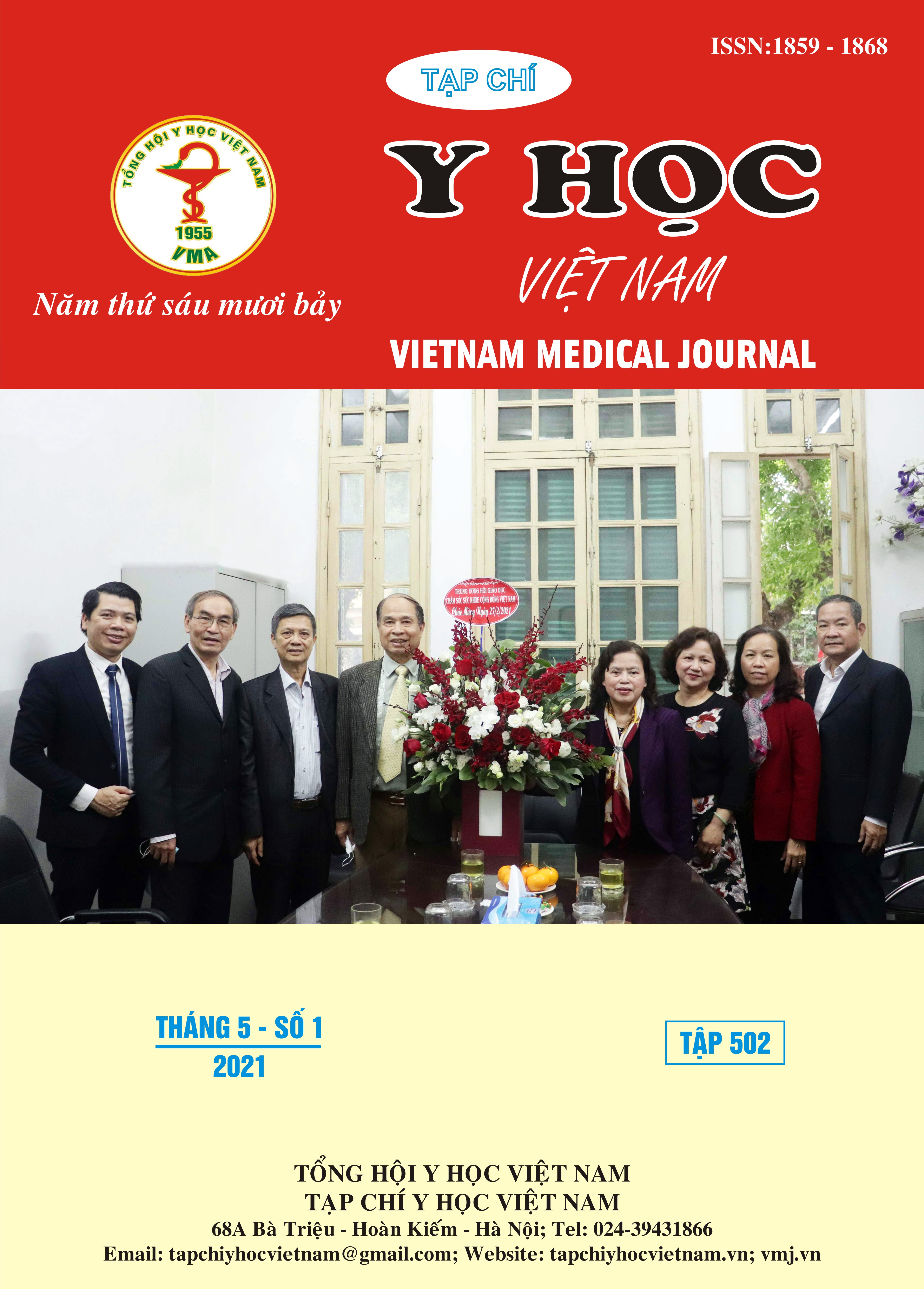THE NUMBER OF THE ROOT CANALS OF THE FIRST LOWER MOLARS ON CONEBEAM CT IN DENTAL TREATMENT
Main Article Content
Abstract
Objectives: The aim of the study is to determine the number of the root canals of the first lower molars in Vietnamese on ConeBeam CT. Subjects and methods: The study was conducted on 166 patients who had exposured using CBCT indicated by dentists in Nguyen Trai Dental CT Central, HoChiMinh City, from October 2015 to June 2016. The CBCT digital images were captures using Picasso Trio (Ewoo Vatech, Korea) with the standard conditions and postures of patients. CBCT digital images were displayed on the 14 inches flat monitor, at 1366 x 768 pixel resolution with EzImplant CD viewer software. The positions of the first lower molars were recorded. The number of root canals of the first lower molars was examined by moving cross-sectional slices from the pulpal floor to the apex. The orifices, middle thirds, apical thirds of the canals of the first lower molar was observed and the root canals of each root of the first lower molars were observed in three planes Results: The prevalences of two, three, four root canals of the first lower molars were 4.5%, 66.8% and 28.9% respectively. There were not significant differences about sex and positions. Conclusion:The prevalences of three root canals of the first lower molars accounts for the largest portion.
Article Details
Keywords
Root canals, first lower molar, ConeBeam CT
References
2. Chen Y. C., Lee Y. Y., Pai S. F., et al. (2009), "The morphologic characteristics of the distolingual roots of mandibular first molars in a Taiwanese population". J Endod, 35(5), 643-645.
3. Curzon M. E. ,Curzon J. A. (1971), "Three-rooted mandibular molars in the Keewatin Eskimo". J Can Dent Assoc (Tor), 37(2), 71-72.
4. de Souza-Freitas J. A., Lopes E. S. ,Casati-Alvares L. (1971), "Anatomic variations of lower first permanent molar roots in two ethnic groups". Oral Surg Oral Med Oral Pathol, 31(2), 274-278.
5. Gulabivala K., Opasanon A., Ng Y. L., et al. (2002), "Root and canal morphology of Thai mandibular molars". Int Endod J, 35(1), 56-62.
6. Serene T. P. ,Spolsky V. W. (1981), "Frequency of endodontic therapy in a dental school setting". J Endod, 7(8), 385-387.
7. Huang C. C., Chang Y. C., Chuang M. C., et al. (2010), "Evaluation of root and canal systems of mandibular first molars in Taiwanese individuals using cone-beam computed tomography". J Formos Med Assoc, 109(4), 303-308.
8. Yew S. C. ,Chan K. (1993), "A retrospective study of endodontically treated mandibular first molars in a Chinese population". J Endod, 19(9), 471-473.


